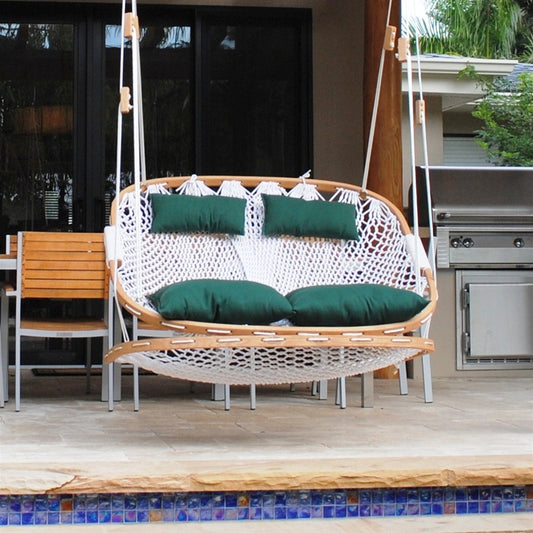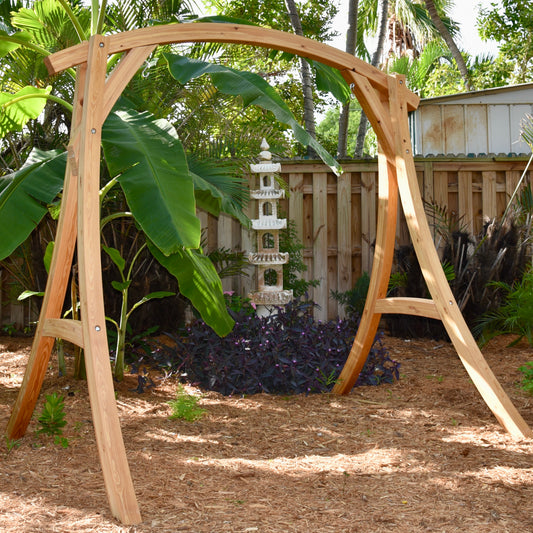The Rise and Fall of the Retail Hammock Shop in the USA
In the world of niche retail, few businesses have had a journey as curious — or as quietly poetic — as the retail hammock shop. Once a symbol of a slower, dreamier American lifestyle, brick-and-mortar hammock stores had their moment of glory in the late 20th century before fading into near-obscurity. Today, their story is both a case study in changing consumer habits and a nostalgic glimpse into a bygone retail era.
The Rise: A Dream Sold by the Yard
The hammock has long been an icon of leisure, tracing its roots back to indigenous cultures of Central and South America. In the United States, however, hammocks took on a particularly idyllic symbolism. From the 1950s through the 1980s, suburbanization and the rise of the American backyard turned hammocks into a kind of domestic status symbol — a marker of free time and private comfort.
By the late 1980s and early 1990s, this growing cultural love for hammocks led to the emergence of dedicated retail hammock shops. Shopping malls — then at the height of their influence — offered the perfect environment. A hammock store was an oasis amidst the bustle: walls lined with hanging hammocks of every color, sales associates inviting customers to climb in and experience total relaxation, right there between the Sunglass Hut and The Limited.
These shops sold more than just fabric and rope. They sold an emotional pitch: "You deserve to relax." Hammocks, hanging chairs, hammock stands, and specialty outdoor furniture were merchandised as lifestyle upgrades, often with clever displays evoking tropical beaches and lazy summer days.
By the mid-1990s, it wasn’t unusual to see regional chains or family-run hammock stores thriving in high-traffic shopping centers, tourist towns, and coastal cities. Some grew into recognizable brands; others became beloved local fixtures.
The Peak: Retail Therapy in a Swing
The 1990s were the golden years. Disposable income was relatively high, and Americans were in love with shopping as an experience. Retail hammock stores benefited from impulse buys and the broader boom in outdoor living products. The "staycation" trend, especially after the 9/11 attacks in 2001, also bolstered sales — people were investing more in their home environments rather than traveling abroad.
Some stores diversified: they added garden furniture, fountains, outdoor lighting, and high-end grills. Hammocks, however, remained the emotional centerpiece.
At its peak, the retail hammock shop was about more than just hammocks. It was about the fantasy of escape, perfectly packaged in a soft, swaying form.
The Fall: A Perfect Storm
Several cultural and economic shifts spelled trouble for hammock retailers starting in the early 2000s:
-
The E-commerce Revolution:
Online shopping exploded. Major retailers like Amazon, Wayfair, and Home Depot began offering hammocks at lower prices with convenient shipping options. Why drive to a mall to test a hammock when you could read reviews and order one from your couch? -
Changing Mall Culture:
As shopping malls began their slow decline, so did the specialty retailers inside them. Foot traffic dropped, anchor stores closed, and the experiential magic that once sold a hammock in five minutes disappeared. -
Tightening Budgets:
The 2008 financial crisis forced many Americans to cut back on non-essential spending. High-end leisure items like luxury hammocks became harder to justify. -
Shifting Lifestyle Trends:
Younger generations, particularly Millennials and Gen Z, showed different spending priorities. Experiences (like travel and dining) often trumped physical goods. Outdoor spaces became smaller in urban apartments and condos, limiting the demand for large backyard accessories. -
Competition from Big Box Stores:
As giants like Walmart, Target, and Costco entered the outdoor goods market, they commoditized hammocks — offering mass-produced versions at price points boutique retailers couldn't match.
A Survivor: Key West Hammock Company
Amidst this changing landscape, Key West Hammock Company stands out as one of the last true brick-and-mortar hammock shops in the country. Based in the heart of Florida’s tropical paradise, the company has remained true to the spirit of classic hammock culture — offering handcrafted products, personalized service, and a tangible, laid-back shopping experience that online retailers can't replicate. By leaning into authenticity, quality, and the enduring appeal of island life, Key West Hammock Company has managed not just to survive, but to become a destination itself for tourists, locals, and relaxation-seekers alike.
The Present: A Niche Reborn Online
Today, few dedicated hammock shops still exist in physical form. Most of the industry has moved online, where specialty brands focus on high-quality products, unique designs, or eco-friendly materials to set themselves apart. Brands like ENO (Eagles Nest Outfitters) cater to hikers and campers, while luxury outdoor furniture companies occasionally offer bespoke hammocks as part of their collections.
Pop-up shops, seasonal kiosks, and collaborations with outdoor festivals keep the hammock spirit alive — just in a much more targeted, event-driven way.
Conclusion: A Swaying Legacy
The story of the retail hammock shop in America is a reminder that even businesses rooted in simple pleasures must evolve with cultural tides. What remains constant, though, is our human craving for rest, relaxation, and that perfect, suspended moment of peace.
Today, in places like Key West Hammock Company, you can still walk into a sun-dappled store, stretch out between two sturdy posts, and be reminded — if only for a moment — that life is meant to be lived a little more slowly. The dream lives on, one hammock at a time.





